Marilyn Monroe's Last Day Revealed in “The Fixer: Moguls, Mobsters, Movie Stars, and Marilyn”
- Oops!Something went wrong.Please try again later.
- Oops!Something went wrong.Please try again later.
- Oops!Something went wrong.Please try again later.
- Oops!Something went wrong.Please try again later.
- Oops!Something went wrong.Please try again later.
- Oops!Something went wrong.Please try again later.
- Oops!Something went wrong.Please try again later.
The new tell-all biography divulges the most shocking findings from detective Fred Otash about Hollywood's biggest stars
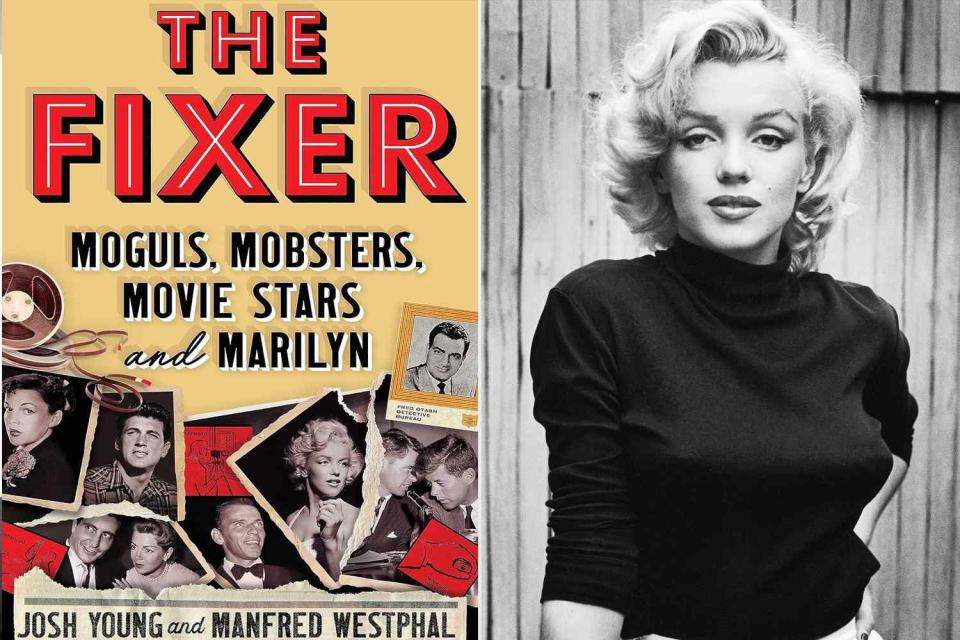
Grand Central Publishing ; Alfred Eisenstaedt/The LIFE Picture Collection/Getty
The brightest stars of the 1950s — including the likes of Marilyn Monroe, James Dean, the Kennedy brothers, Lana Turner and Judy Garland — often hid the darkest secrets.
Over 60 years later, people continue to question some of the biggest scandals of that decade. What really happened the night of Marilyn Monroe’s death? Did she really have an affair with JFK? Did Lana Turner murder her abusive mafia boyfriend, or was it her daughter, Cheryl?
Many speculated, but only one man was involved in each and every story. In the new tell-all biography The Fixer: Moguls, Mobsters, Movie Stars, and Marilyn, out now from Grand Central Publishing, police officer and private detective Fred Otash’s most shocking tales are revealed from his never-before-seen investigation files.
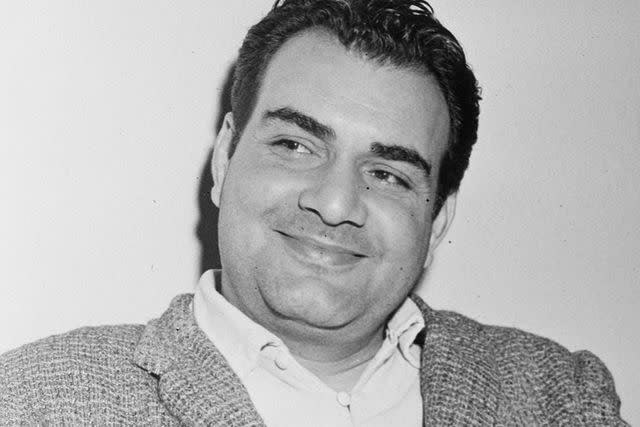
Los Angeles Examiner/USC Libraries/Corbis via Getty
From murder to theft, deception and heartbreak, here are the biggest bombshells from the new novel about the 1950s Hollywood elite.
Fred Otash once caught James Dean shoplifting
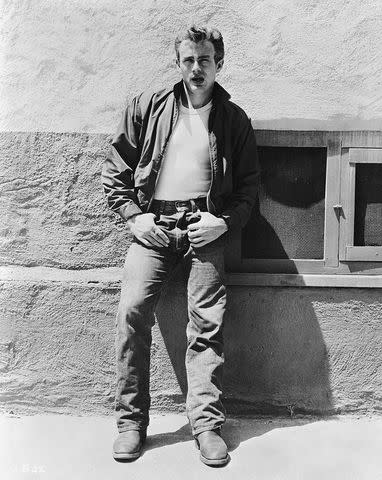
John Kobal Foundation/Hulton Archive/Getty
James Dean was once caught shoplifting at the Hollywood Ranch Market.
“An unknown 19-year-old James Dean always paid for his food until the day he decided to stash three cans of expensive caviar in his tattered bomber jacket,” Josh Young and Manfred Westphal recall from Otash’s files.
Otash decided to give the “struggling actor" with "piercing blue eyes” a break, noting that the detective saw something in the young man's one-of-a-kind charm and swagger that he didn’t want to compromise with a petty theft charge.
“Otash was proud of his young friend and planned to congratulate him in person with a ceremonious tin of Russian caviar, but never got the chance," the author writes. "He was heartsick when he heard the news that Dean, on a day off from shooting Giant with Elizabeth Taylor and Rock Hudson, was killed in a car accident on September 30, 1955. He was only 24.”
Otash was hired to find a missing Marilyn
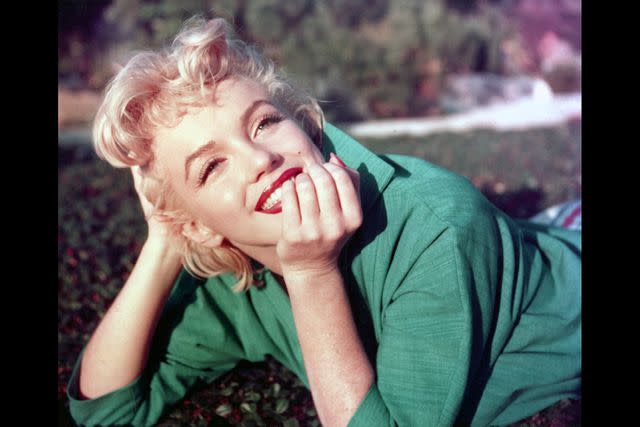
During the filming of Bus Stop, E. Maurice “Buddy” Adler stopped by Otash’s in a panic, explaining that Marilyn Monroe hadn’t been seen or heard from in 24 hours, not even by her new husband, Pulitzer Prize-winning playwright Arthur Miller.
“When she was on set, Marilyn’s erratic behavior had already cost Adler too much time and money, and a recent hospitalization while on location in Idaho for nervous tension had pushed the film way over budget," the book details. "Adler said he would have fired her and recast the role if he could, but they were now halfway through the shooting schedule and there was no turning back.”
Related: Marilyn Monroe's Most Famous Lovers: Truth vs. Rumor
With the help of a travel agency mole, Otash combed over agency lists and found one “Pearl Baker,” who he discovered was Monroe’s mother's name.
Barging into the room, Ruditsky found that “Marilyn was lying naked on the bed frozen in a fetal position, and there were needles, syringes and other drug paraphernalia strewn about the room. After quickly checking for a pulse and determining she was unconscious, he covered her body with a sheet.”
Monroe was discreetly taken to the hospital for “detoxifying” and returned to set a few days later. When the press asked about her absence, a studio publicist explained that she had relapsed from her earlier hospitalization and "merely needed a few more days’ rest."
He helped Lana Turner and Cheryl Crane deal with the aftermath of murder
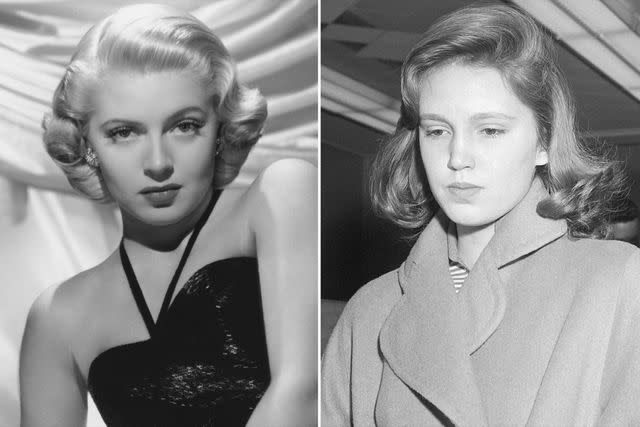
Lana Turner first met ex-husband Joseph Stephenson “Steve” Crane at a nightclub three weeks before they married in 1942. By 1944 the duo had a daughter, Cheryl, and divorced.
A worried Crane came to Otash later on, concerned his ex was putting his daughter in danger by getting involved with mobster and “woman abuser” Johnny Stompanato. At their next meeting, Otash told Crane that, “his intelligence indicated Lana’s lover had untoward designs on his 14-year-old daughter.”
When Turner was filming Another Time, Another Place, in London, rumors began swirling that she was involved with her co-star, Scottish newcomer Sean Connery. Hearing the news, Stompanato showed up unannounced.
“A former bodybuilder and karate black belt, the future James Bond quickly bent Johnny’s wrist back until the gangster dropped his gun, then he punched him in the face in front of the entire crew,” the book details.
Related: Cheryl Crane, Lana Turner's Daughter, Tells Her Story of a Harrowing Hollywood Childhood
In April of 1958, after Turner confided in her daughter about Stompanato beating her and how she planned to leave him, a heated argument in the bedroom led to the death of Stompanato. “No one will ever know exactly what happened that night...Lana and Cheryl were so well rehearsed that it was almost impossible to believe them.”
Otash’s records show that Lana “pleaded” to take the blame, but her daughter had already confessed to the murder and was “handcuffed and led away to juvenile prison where she would be held without bond until the coroner’s jury inquiry.”
Shortly after, Otash was brought in by Beverly Hills Police Chief Clinton Anderson. “I happen to know that you and Giesler were the first two people on the scene. That you personally removed the knife from Stompanato’s stomach, wiped Lana’s prints off the handle and had Cheryl grip it to make sure it was her prints the police would find there. Then you placed the knife back in Stompanato’s dead body. Now that’s what I know, you lousy two-bit detective,” Anderson said.
Otash responded, “I think you’re fishing...and I’m not biting. So, f— off!” Then he walked out the door.
Otash helped Judy Garland face her drug addiction
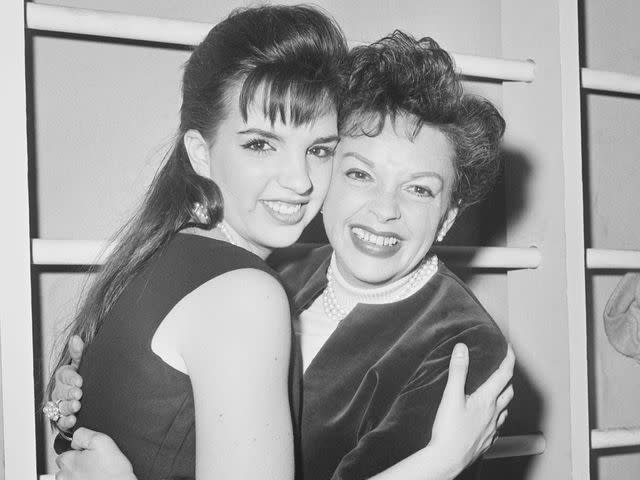
Bettmann
Judy Garland and Liza Minnelli on the second night of Minnelli's performance in "Best Foot Forward"In 1949 Judy Garland married her third husband, Sid Luft, and less than four years later, the starlet filed for divorce once again, alleging “mental cruelty and physical abuse, and that Luft had beaten her up and attempted to strangle her on numerous occasions.”
After serving Luft with divorce papers, a restraining order prohibiting him from harassing his wife and legally arranging that he would need an appointment to see their three children, Otash moved in with Garland to look after her, even hiding her stash of drugs and alcohol.
Related: Judy Garland's Five Husbands: How the Men in Her Life Tried to Save Her from Tragedy
Garland quickly confronted Otash, who pleaded with the actress to address her addiction. Over the course of a month, Otash and Garland partook in an almost nightly ritual “where Otash would listen patiently as a restless Judy Garland waxed poetically of her remarkable life’s journey with the wit and timing of a seasoned raconteur.”
In his recounts of those evenings, Otash referred to Garland as “a crazy mixed-up kid inside a woman’s body, scared to death of living while killing herself with self-doubt, booze and those sh—y little pills.”
Otash also wrote about Garland's daughter, Liza Minnelli, “One day, a terribly shy Liza, caught in that awkward stage between little girl and young lady, came out to the back of the house where I was washing my car, and she thanked me for helping her mother.”
Otash obtained tapes confirming JFK’s affair with Marilyn Monroe
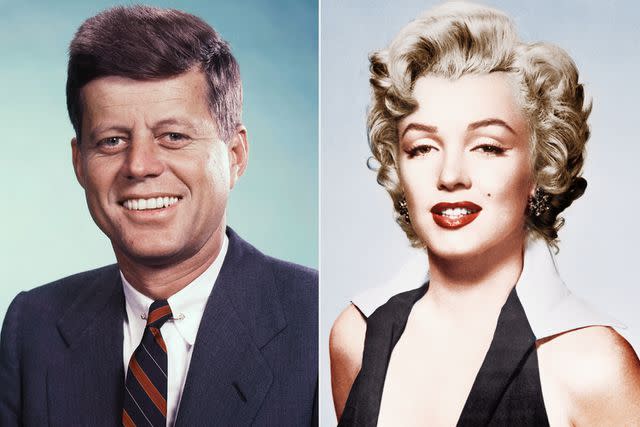
In The Fixer, the author also writes about John F. Kennedy’s brother-in-law Peter Lawford, who Otash referred to as “Jack Kennedy’s sexual archivist."
At the time, Kennedy was using the Lawford family’s house in Santa Monica as a “de facto West Coast office, crash pad and Hollywood hospitality center.” Otash realized the house was already bugged—he assumed by the Nixon administration—so he “picked up the frequency and started recording” in a surveillance car nearby.
When Otash’s associate John Danoff recorded Kennedy having “sexual congress” with Marilyn Monroe, everything changed.
The duo first met at a L.A. party while Kennedy’s wife, Jackie, was back home in Boston. Their friendship stayed platonic until two years later, when they had an affair at a party hosted at Lawford’s beach house.
Related: Meet JFK's Alleged Mistresses — and How Some Met Mysterious Ends
Otash would later clarify: “My job was to develop a file that would show Jack Kennedy to have serious moral failings. In other words, they wanted audiotapes of the guy f---ing anyone other than his wife. I could make a file of any other sins I might discover, but adultery was enough to knock him out of the race.”
The night of Marilyn’s death revealed
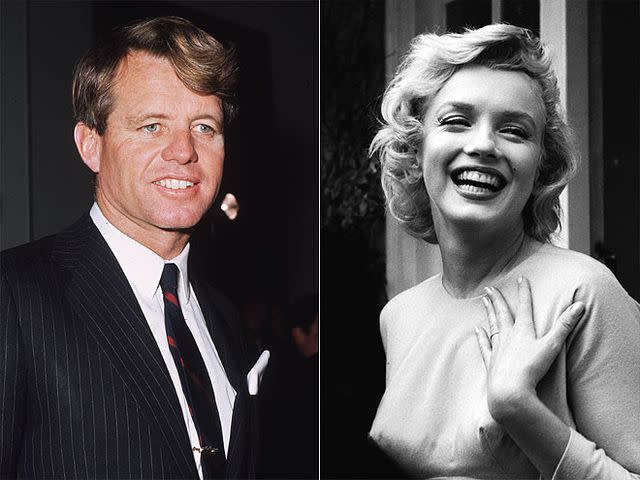
On the night of August 4, 1962, an intoxicated Lawford stammered into Otash’s home, saying “I think Marilyn is dead.”
Otash, having previously bugged Monroe's home, learned exactly what happened that night. Robert F. Kennedy - who was having an affair with Monroe - reached out to Lawson, asking him to “get her away from the house to your place, to keep her quiet,” so as to not embarrass him.
After numerous phone calls attempting to reach Kennedy, Lawford convinced the attorney general to fly down from San Francisco and go straight to Monroe’s home. “He f—-d her around eleven o’clock that morning, and then he left,” Otash said in a recording.
The second time he returned, Monroe yelled at Kennedy. “Where were you when I had to get an abortion of your kid, you no-good bastard!” Marilyn screamed as Lawford and Bobby tried to quiet her down. The distraught actress also confronted Kennedy about Frank Sinatra, who was a close friend.
Despite saying “Let’s have dinner later,” Kennedy had no intention of seeing Monroe again. “Peter spirited him back to the area where the helicopter was waiting for him. He would be nowhere near Los Angeles when the news of her death broke,” Otash said. “Bobby Kennedy could have saved her life, as far as I’m concerned.”
Monroe called Lawford twice, then JFK once. Finally, Monroe called Lawford one more time and said, “Say goodbye to Pat. Say goodbye to the president and say goodbye to yourself because you’re a nice guy,” with no mention of Bobby.
After receiving that call, Lawford hurried over to Monroe’s home. When he realized she was dead, “he started rummaging around, trying to pick all the s–t he could that would implicate anyone.”
Lawford never called the police, and as Otash would later say to friends, “he always knew Lawford was weak, but to do nothing to help a so-called dear friend that might still be alive was beyond imagination.”
While speaking with Otash, Lawford sent Reed Wilson—an undercover associate for the CIA—to remove everything he found in the house and turn it over to Lawford. While there, Wilson found “a lot” of empty pill bottles.
Despite helping with the situation as a detective, Otash was saddened by the news of Monroe’s passing. “Otash had known her as a client, a friend, a confidante and most recently, a person of interest. He had busted her, worked for her, counseled her, spied on her, been berated by her, and, through it all, admired her.”
The Fixer: Moguls, Mobsters, Movie Stars, and Marilyn by Josh Young and Manfred Westphal is available now, wherever books are sold.
For more People news, make sure to sign up for our newsletter!
Read the original article on People.

